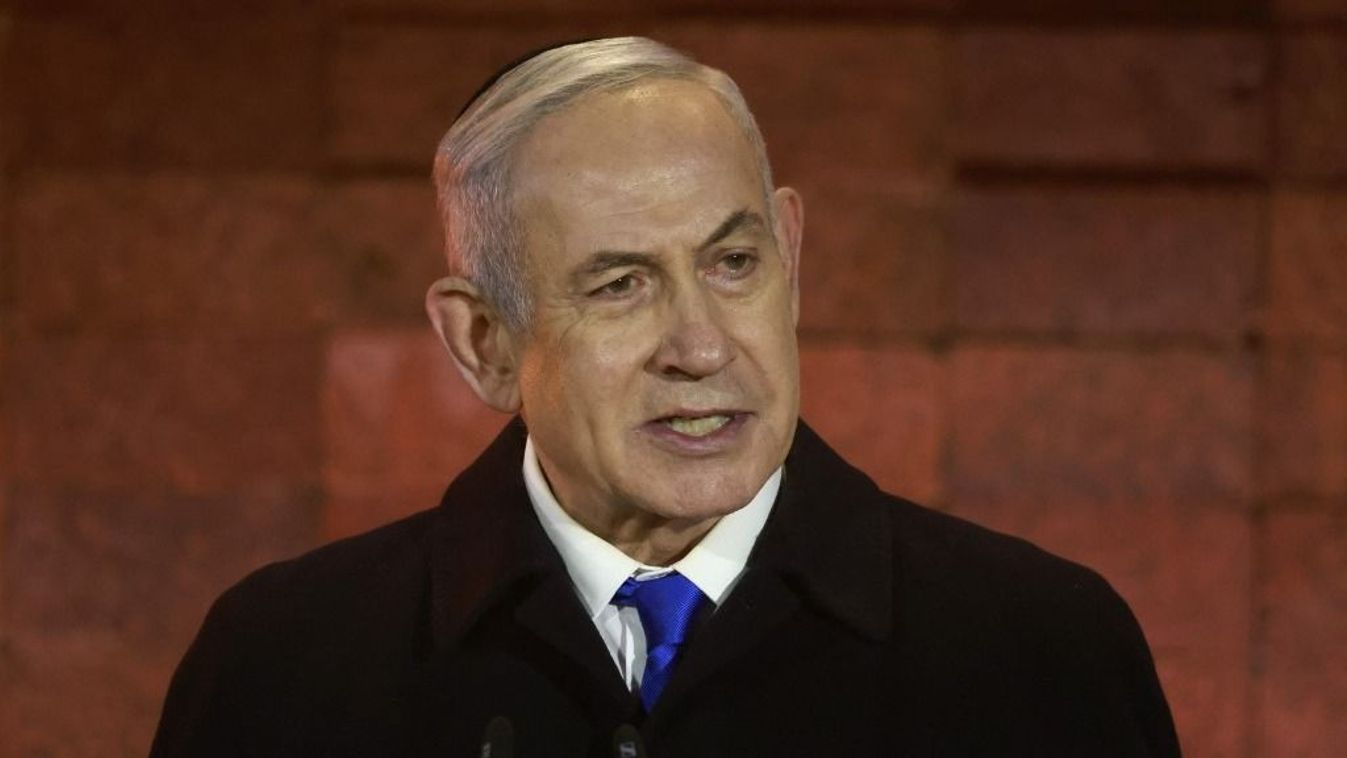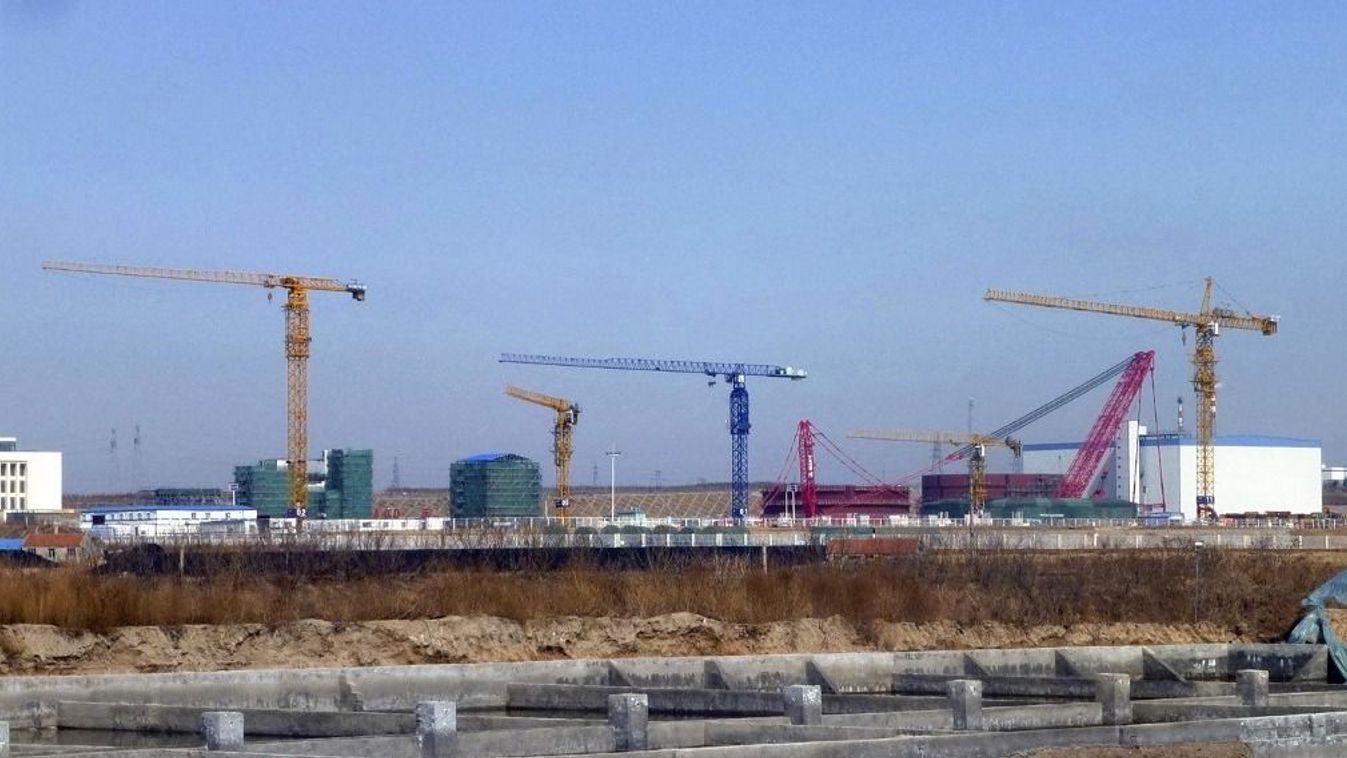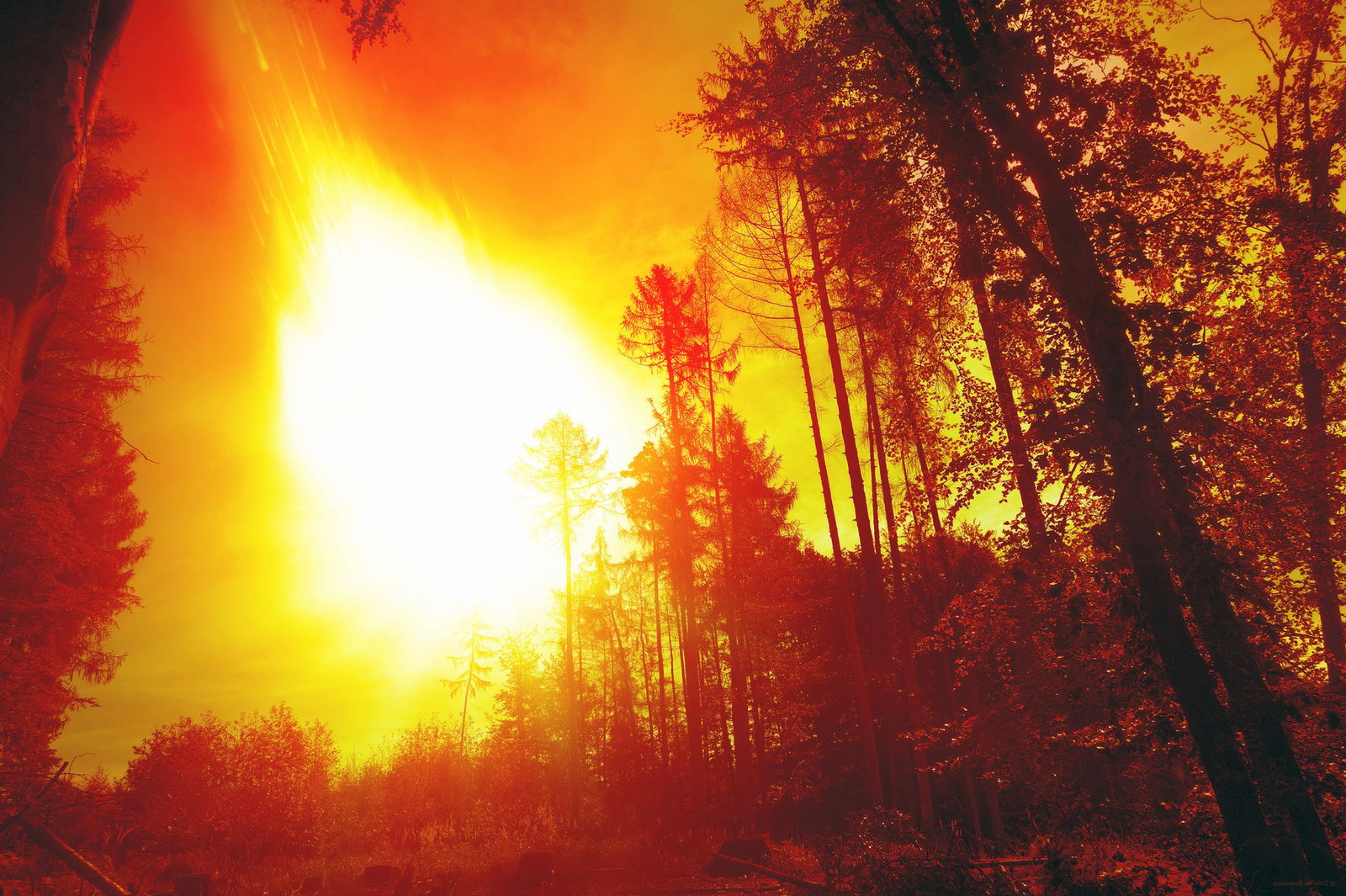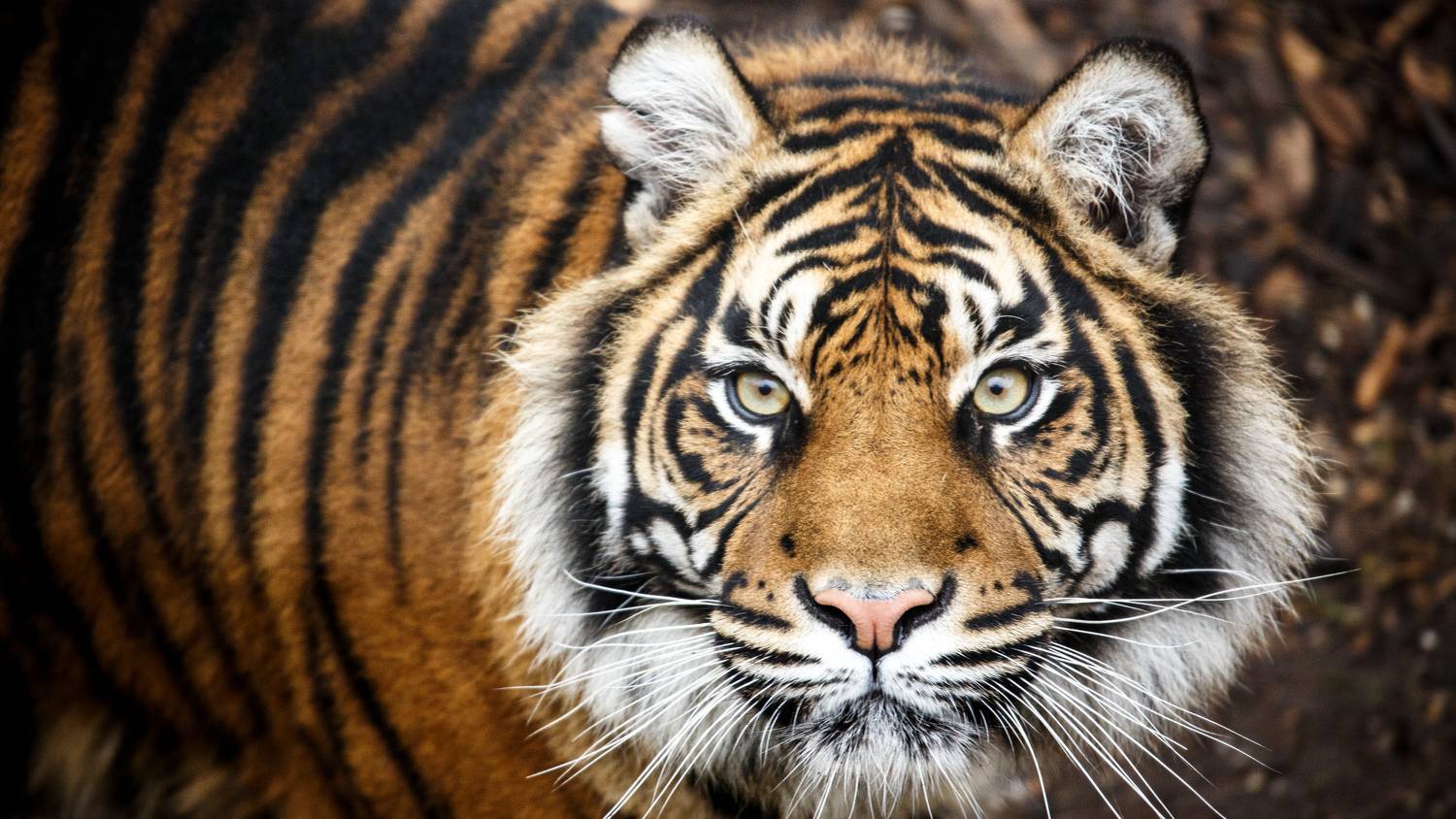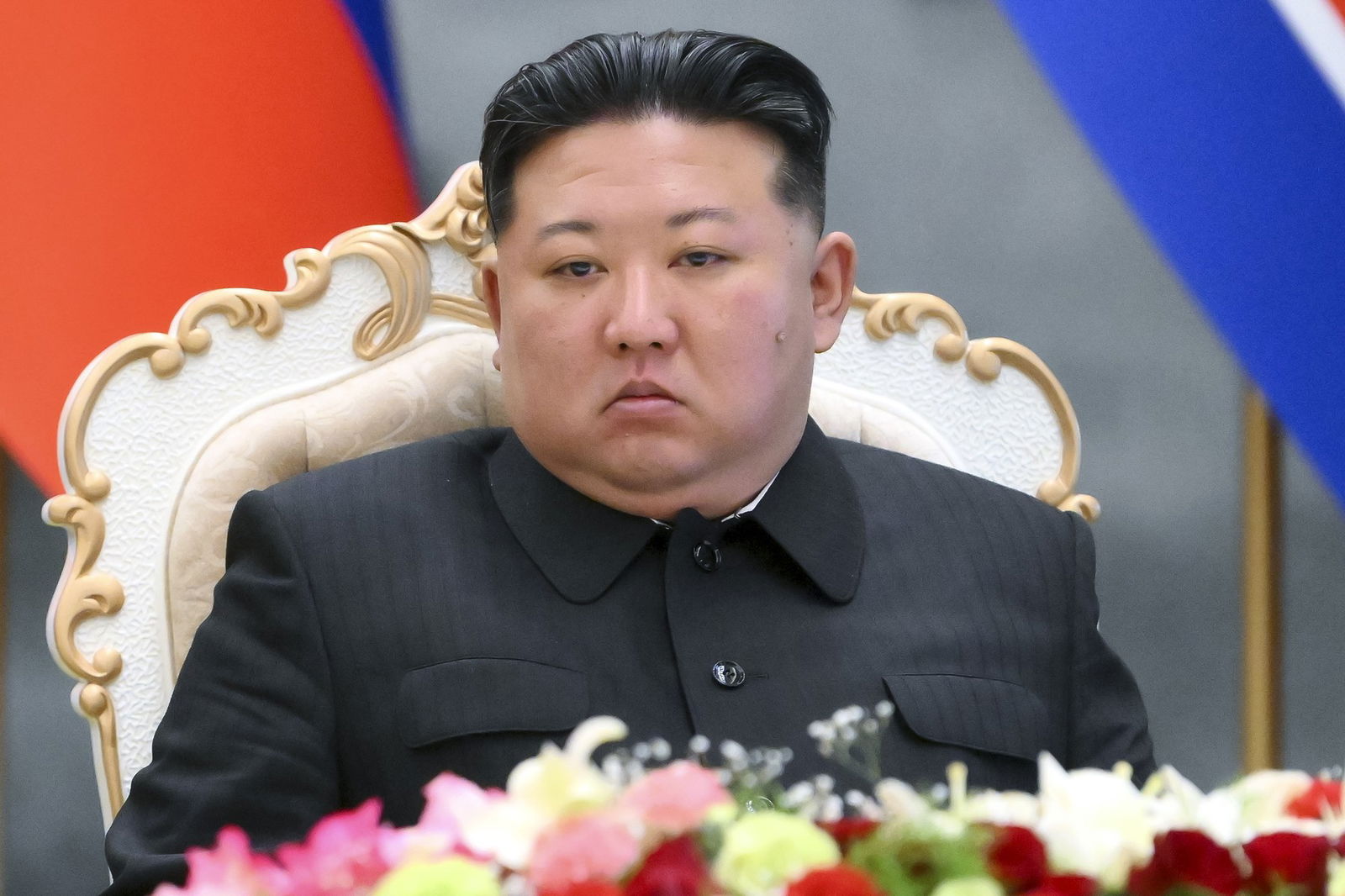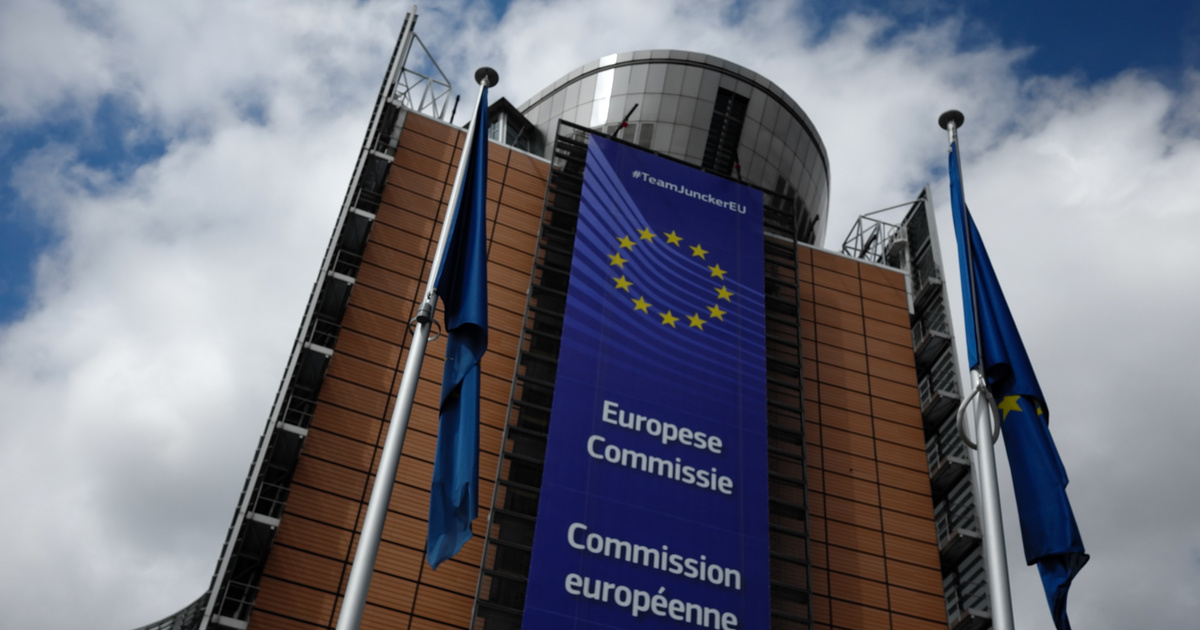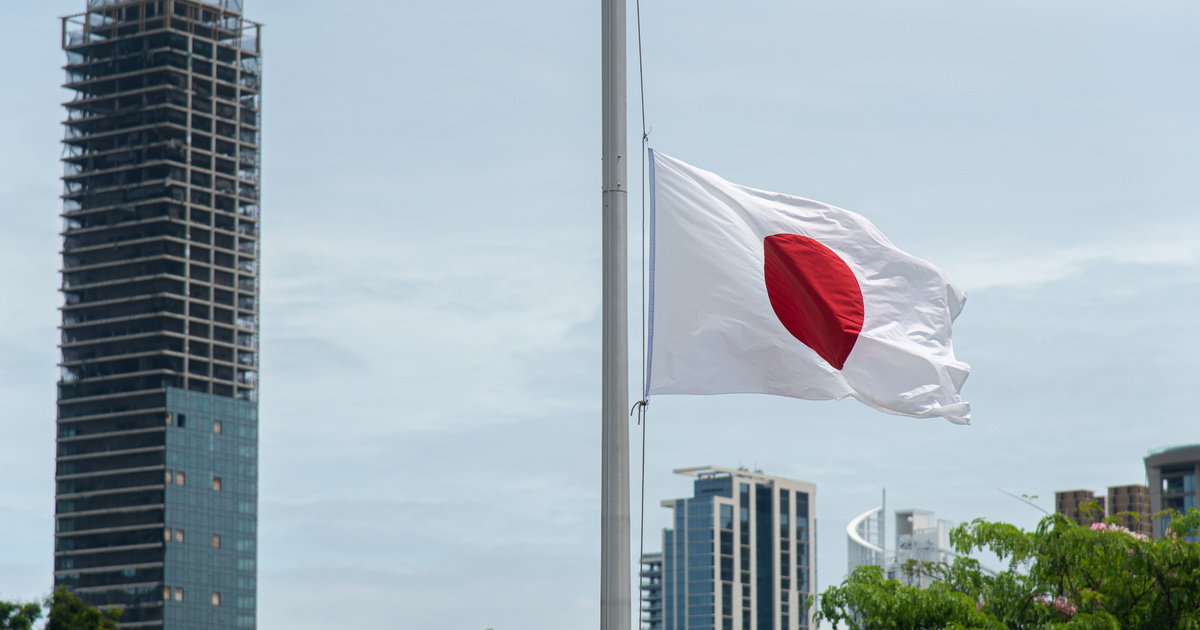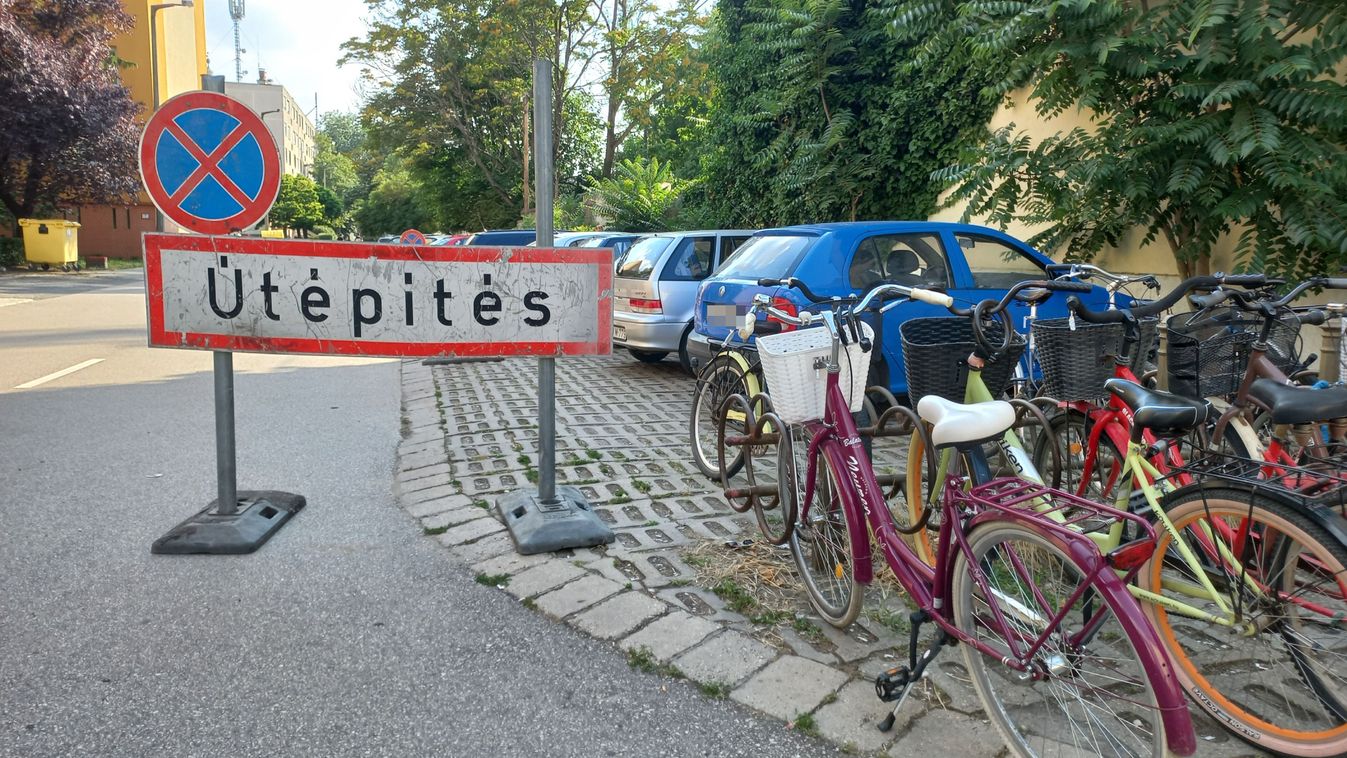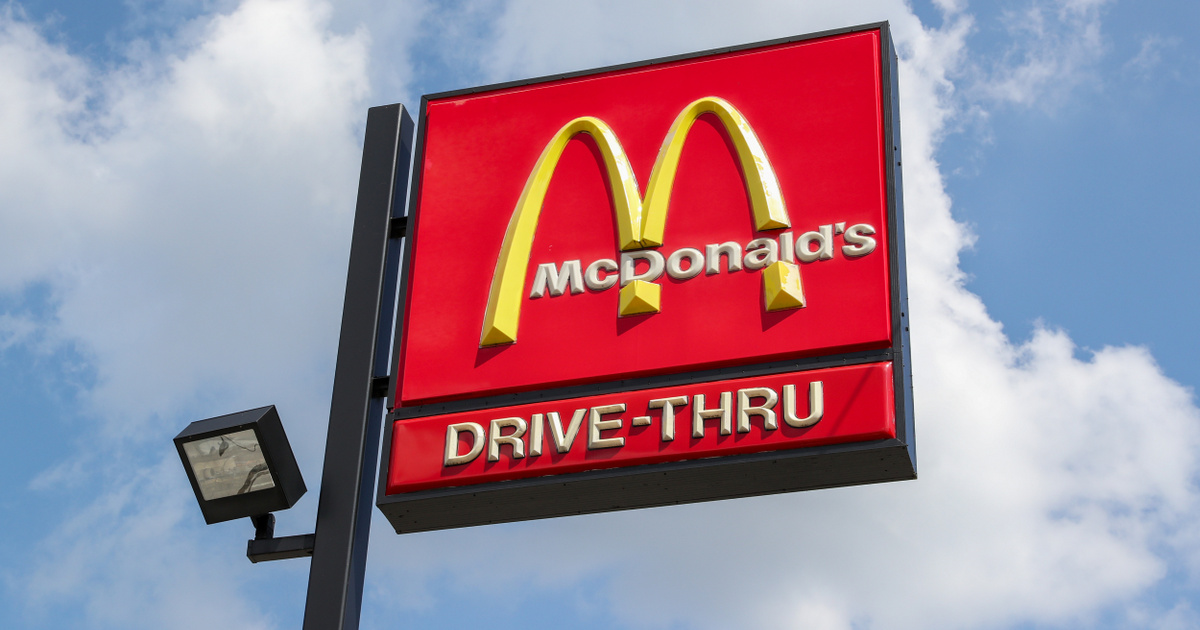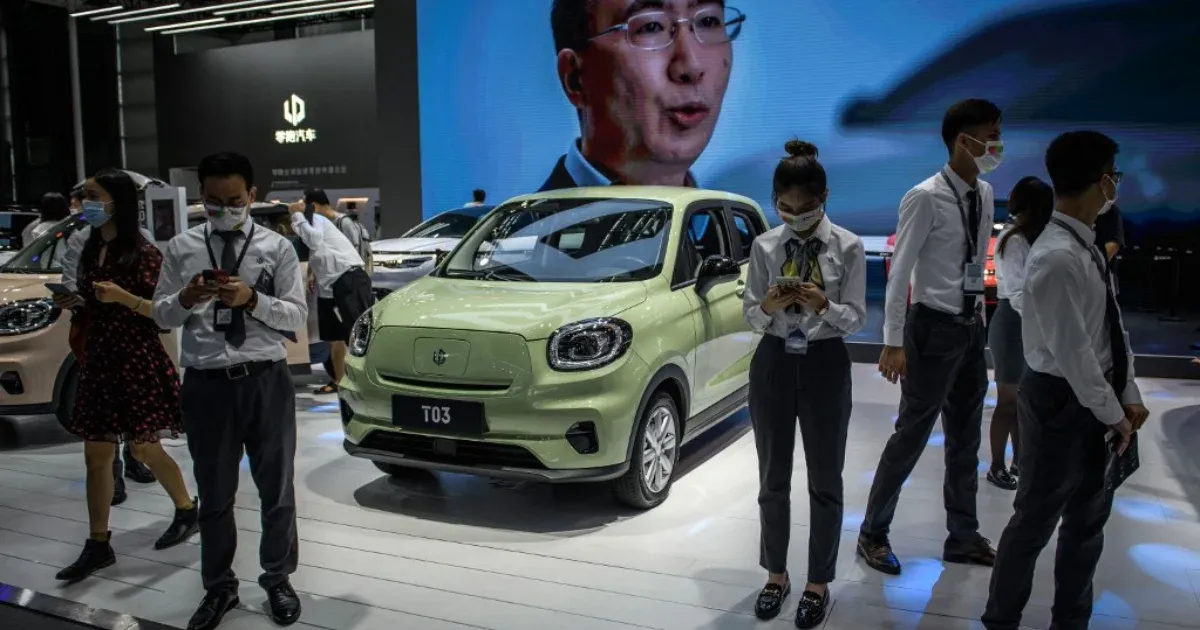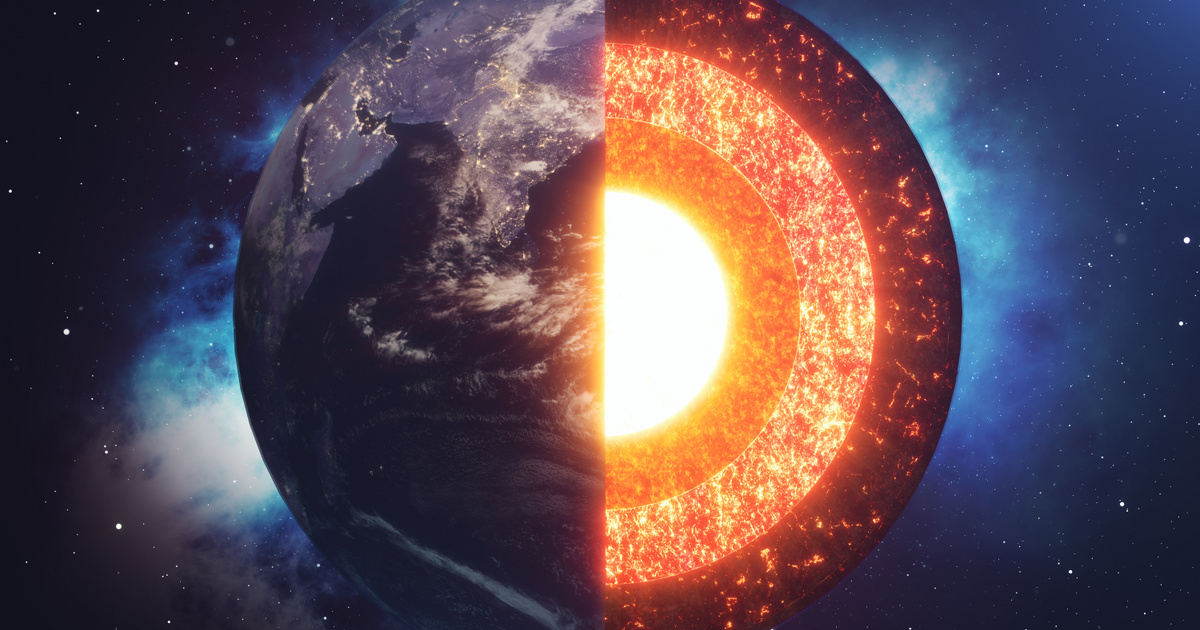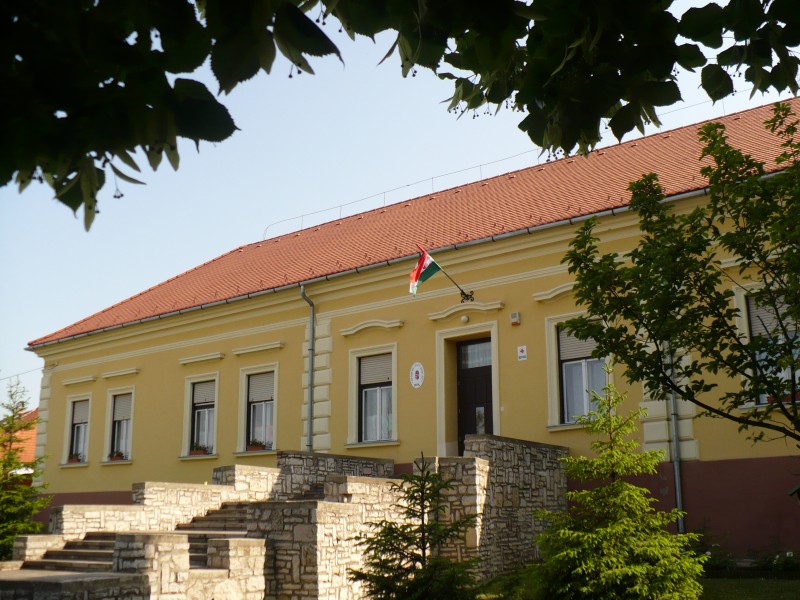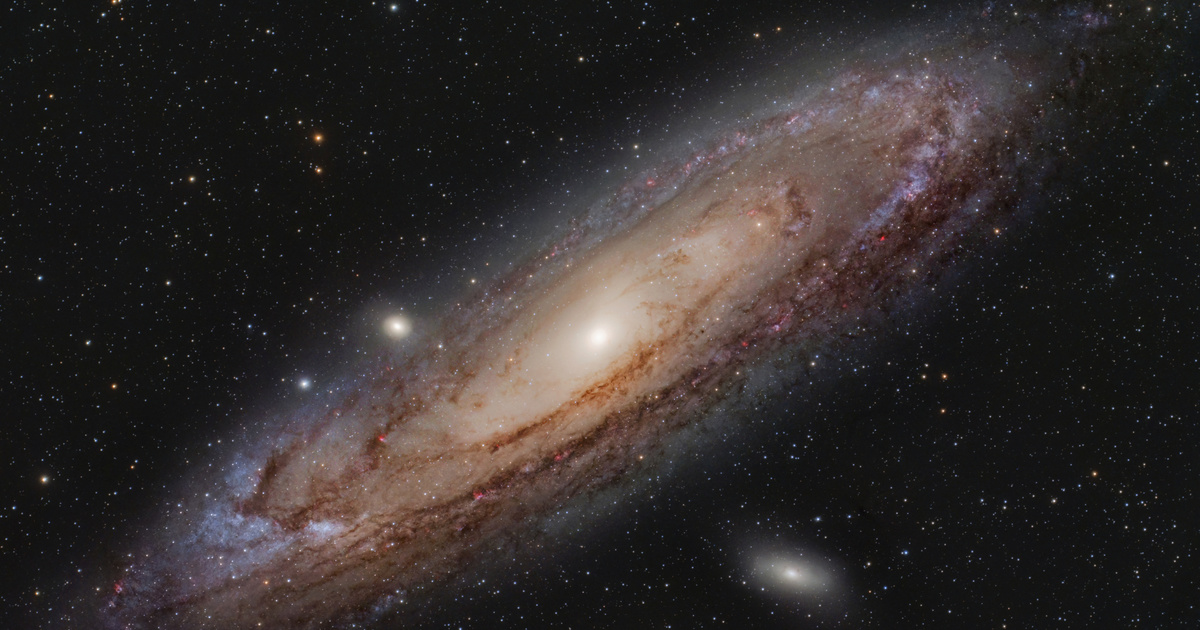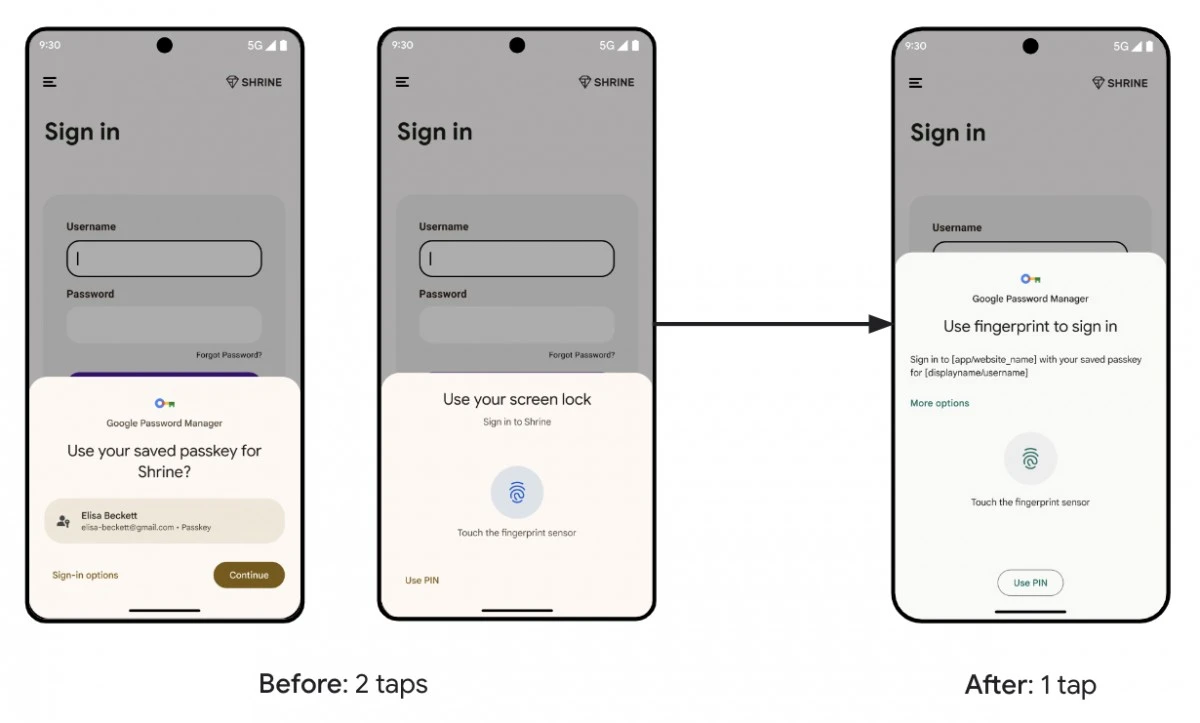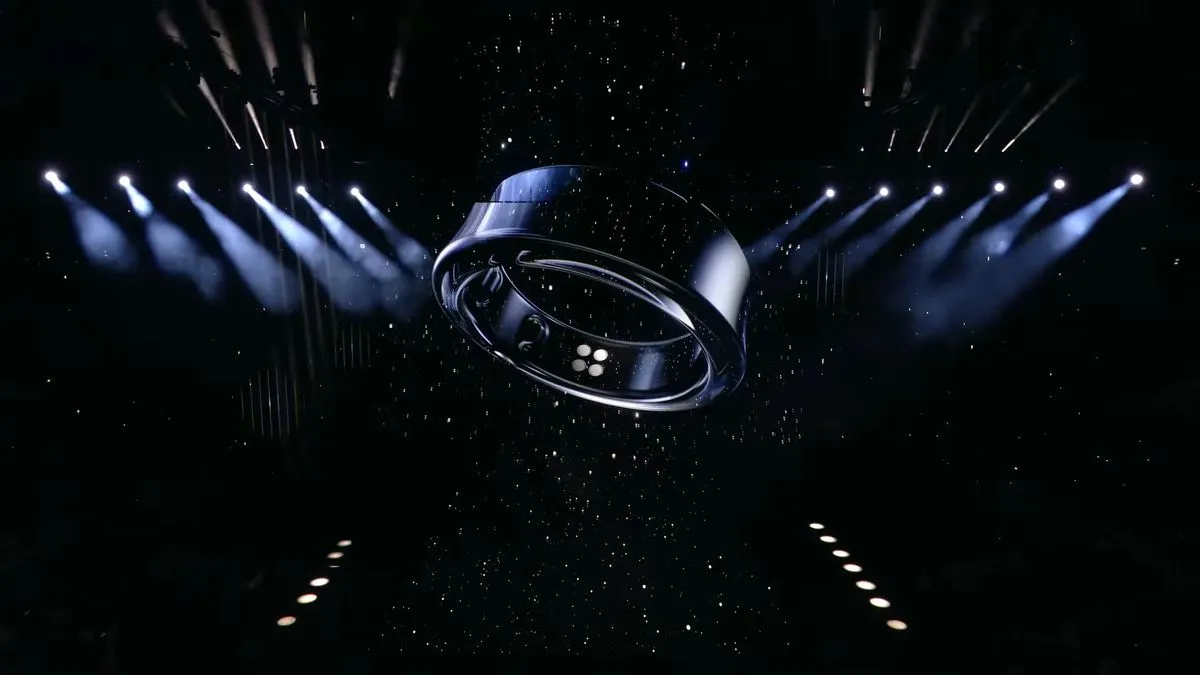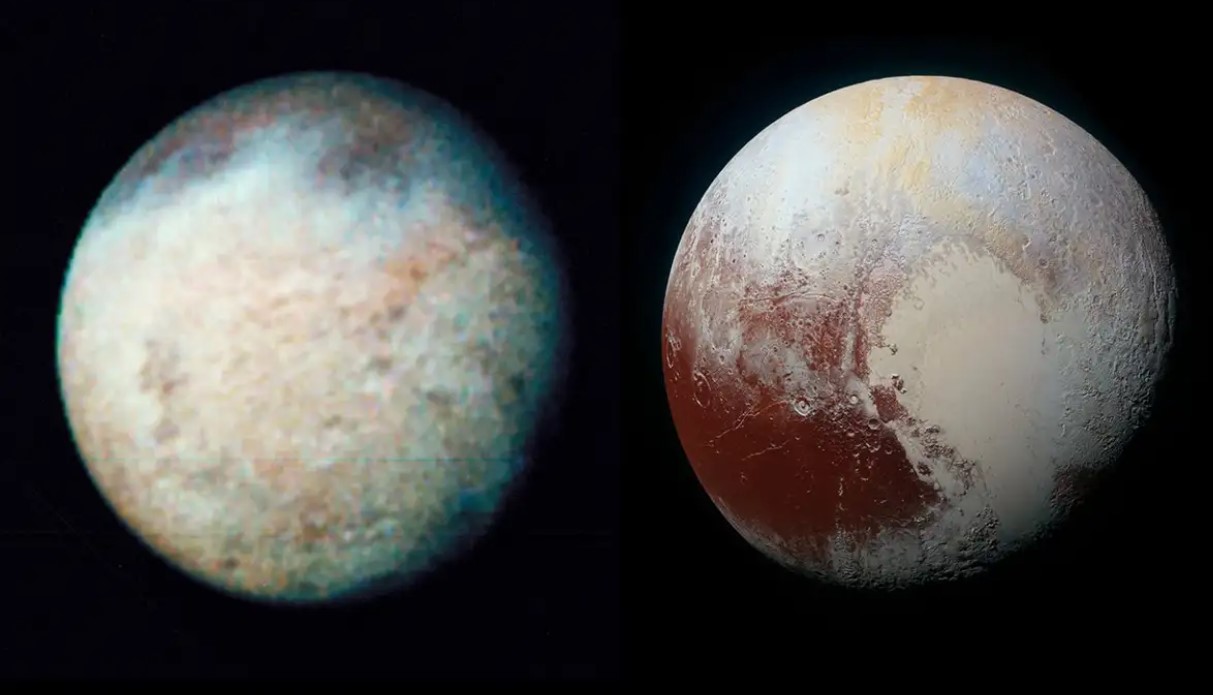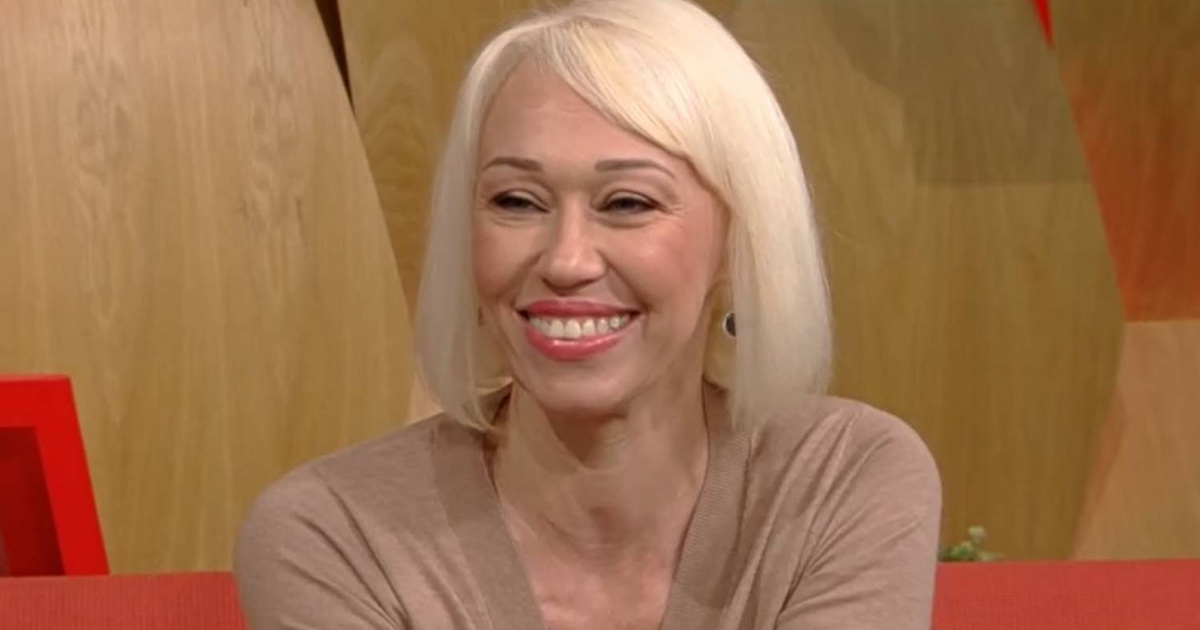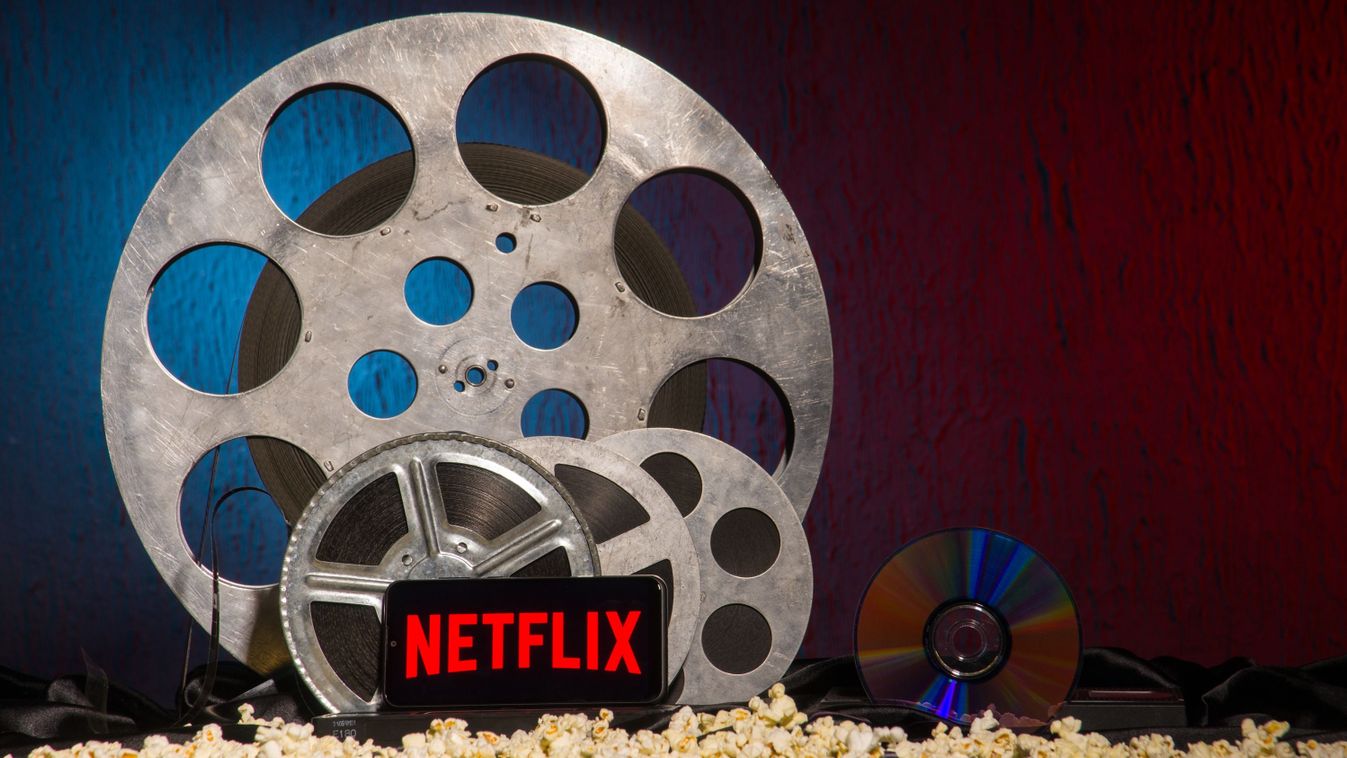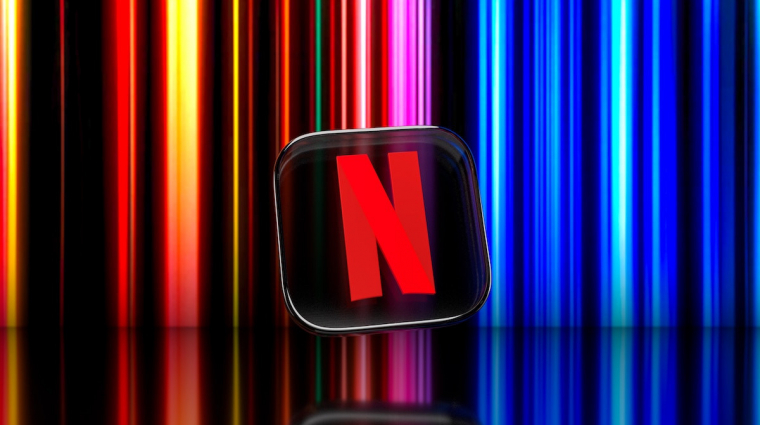In addition to NASA’s two large space telescopes, the James Webb (JWST) and Hubble note Tuesday night’s work during which the DART spacecraft was It collided with the asteroid Demorphos, to test asteroid deflection as a planetary defense strategy. It was also the first time that the two space telescopes were examining the same celestial target at the same time.
The combined JWST and Hubble observations will allow the researchers to gather data on Dimorphos’ surface properties, or how much material their impact might have been ejected and how quickly the ejection occurred.
Since the JWST recorded the effect in the infrared and the Hubble record the effect in the visible range, the researchers could determine the size and distribution of the particles ejected during the impact in the dust cloud. When combined with the results of telescope observations from Earth, it helps to understand how effective such an effect can be in modifying the asteroid’s orbit.
The James Webb Space Telescope captured images of the site before and after the impact, and the images show a tight, compressed core with wisps of material flowing in what appears to be a plume of smoke. In the coming months, other JWST instruments will also investigate the double asteroid system, and spectroscopic data from the space telescope will also provide insight into the chemical composition of Demorphos.
Hubble took a total of 45 images before and after the collision in visible light. In these images, the ejecta after impact appears as rays extending from the asteroid’s body, some of which appear to be slightly curved – something astronomers will need to take a closer look at to find out why. In the Hubble images, the brightness of the binary system tripled after the collision, and this brightness remained constant even after eight hours.
The Italian LICIACube has been previously reported to be associated with the effect of DART Send photos.
Related articles on Qubit:



